Diabetes doesn’t have to be a life sentence—nature might just have your back. Imagine plants that do more than look pretty. These 26 green warriors quietly support your body, helping to tame blood sugar swings and soothe symptoms. Science isn’t guessing here—these are research-backed heroes ready to join your health team. Ready to invite some leafy power into your life? Let’s dive into the world where plants fight diabetes alongside you, one leaf at a time.
Aloe Vera
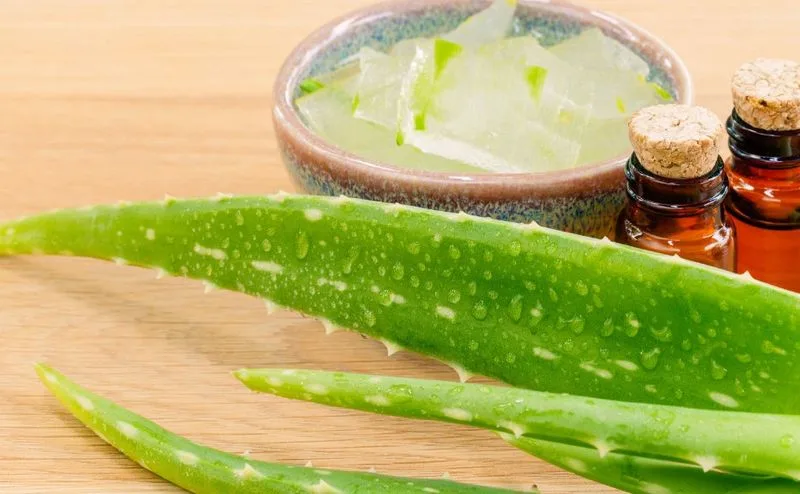
Aloe Vera, known for its soothing properties, has been found to help regulate blood sugar levels. Used traditionally for skin ailments, recent studies show that Aloe Vera can improve glucose control in type 2 diabetes patients. Its gel contains compounds like glucomannan, which can lower blood sugar when ingested.
The plant thrives in sunny environments and requires minimal care, making it a worthwhile addition to home gardens. Its ability to aid in wound healing further adds to its appeal.
For those exploring natural remedies, Aloe Vera is a promising option for diabetes management.
Bitter Melon
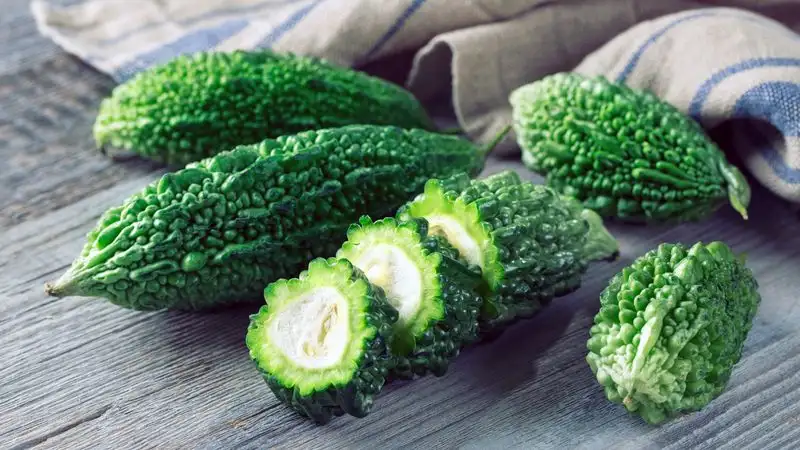
Bitter Melon, a staple in Asian cuisines, has a distinct, bitter taste that many find invigorating. This unique fruit is celebrated for its ability to lower blood sugar through its insulin-like compounds.
Research indicates that Bitter Melon can enhance glucose uptake and improve insulin sensitivity. Its peculiar appearance and flavor may be acquired tastes but are worth it for those seeking natural diabetes remedies.
Cooking with Bitter Melon not only diversifies meals but also provides a healthful way to manage diabetes symptoms effectively.
Cinnamon
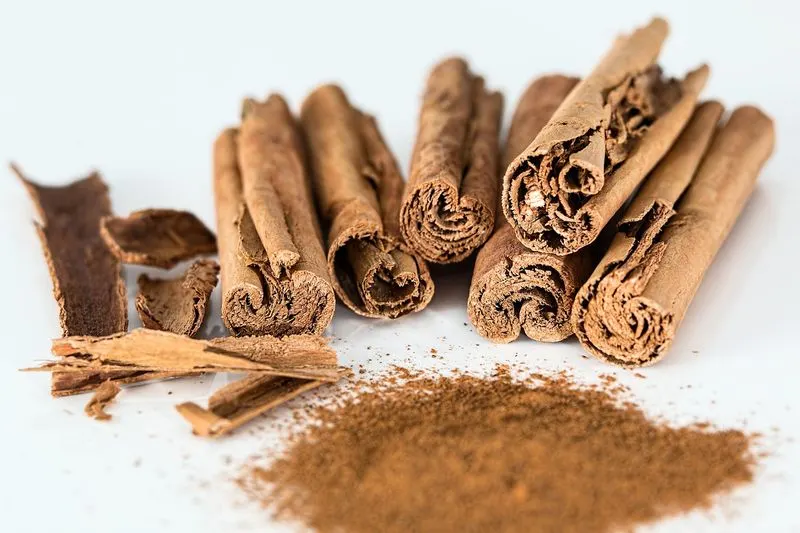
Cinnamon, a beloved spice, is more than just a flavor enhancer. Its ability to lower blood sugar levels has been documented in several studies. Rich in antioxidants, it improves insulin sensitivity and glucose metabolism.
Sprinkling cinnamon on desserts or incorporating it into savory dishes can offer health benefits without much effort. The aromatic allure of cinnamon makes it a favorite in kitchens around the world.
For those aiming to balance blood sugar, adding cinnamon to daily meals could be both a flavorful and health-promoting choice.
Fenugreek
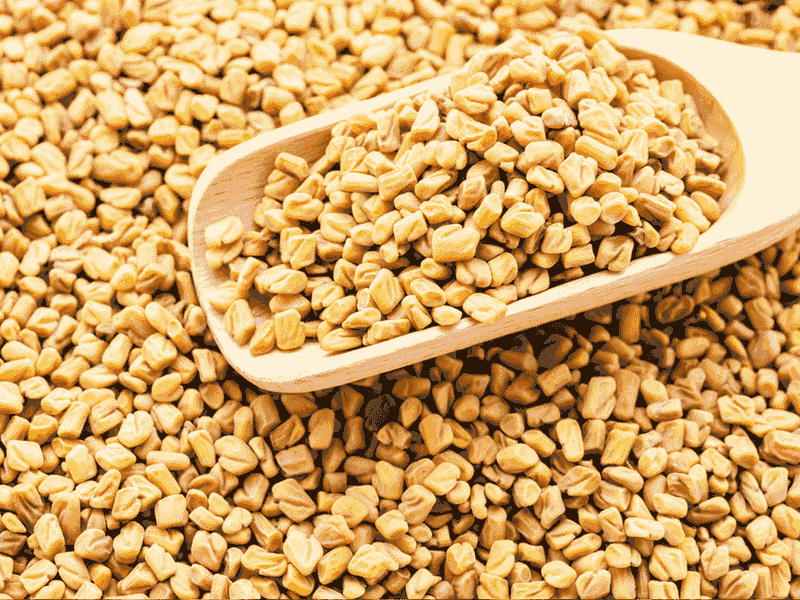
Fenugreek, a herb with a long history in traditional medicine, is recognized for its ability to manage diabetes. Its seeds contain soluble fiber, which slows down sugar absorption in the bloodstream.
The slightly sweet, nutty flavor of Fenugreek makes it a versatile ingredient in culinary practices. From curries to teas, it adds both taste and health benefits to dishes.
For those interested in herbal approaches to diabetes management, Fenugreek offers an accessible and effective option.
Ginger
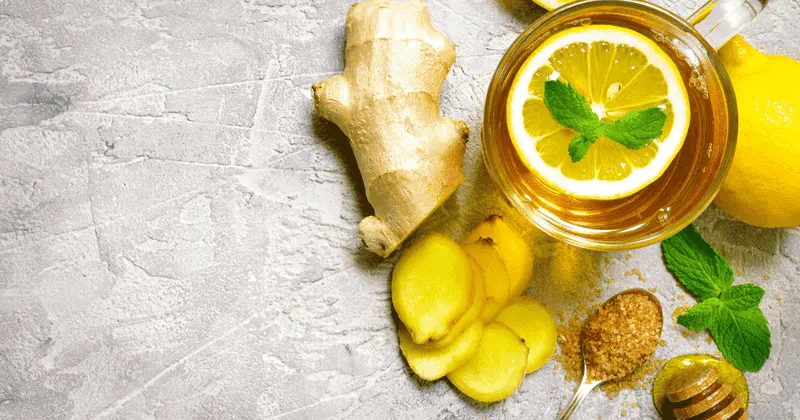
Ginger, a root with a spicy kick, has been used for centuries in various cultures. Its anti-inflammatory properties and ability to regulate insulin levels make it a beneficial addition to a diabetic diet.
Adding ginger to tea, soups, or stir-fries can enhance flavor while providing health benefits. The zesty aroma and warmth of ginger not only tantalize the taste buds but also contribute to better blood sugar control.
Those seeking natural ways to manage diabetes may find ginger a delightful and effective ally.
Gymnema Sylvestre
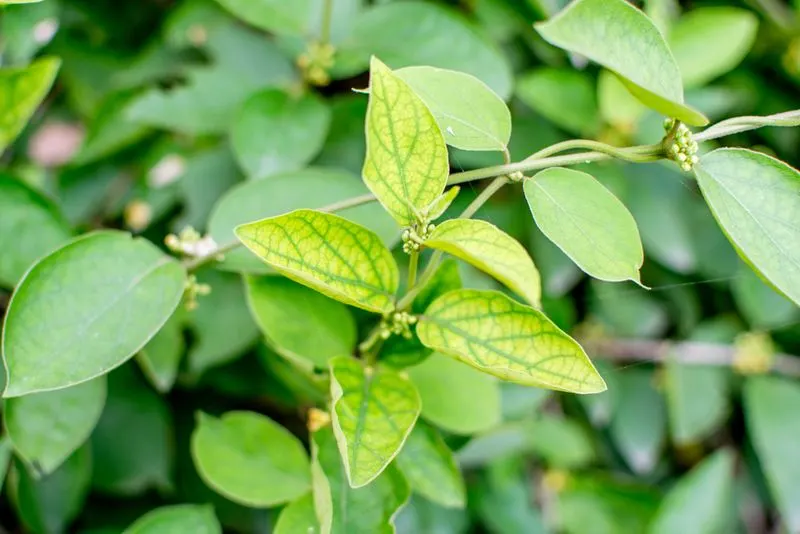
Gymnema Sylvestre, known as the “sugar destroyer,” has been used in Ayurvedic medicine for millennia. This potent herb reduces sugar absorption in the intestines, helping manage glucose levels effectively.
Chewing its leaves can dull sugar’s taste, reducing cravings for sweets. This unique characteristic makes it a valuable tool for those trying to curb sugar intake.
Incorporating Gymnema Sylvestre into a diabetic regimen could lead to a significant impact on overall sugar management.
Holy Basil
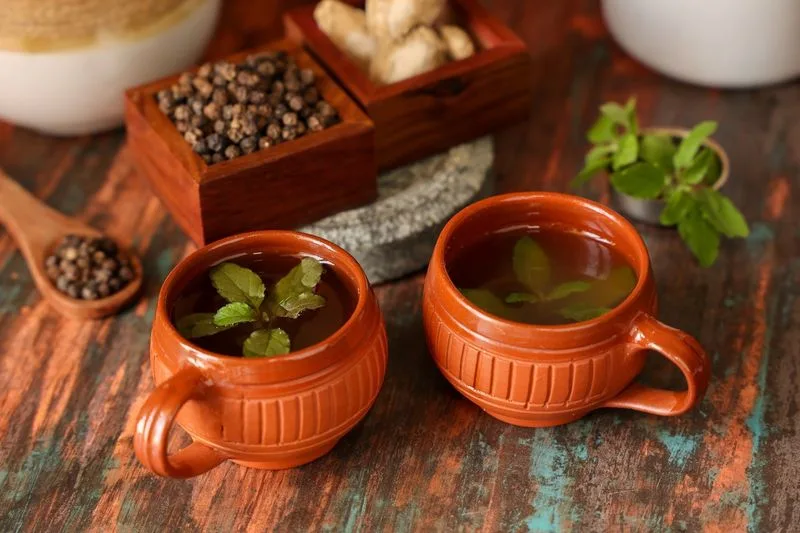
Holy Basil, revered in Hindu culture, offers more than spiritual solace. This aromatic herb has been shown to lower blood sugar and cholesterol levels. Its adaptogenic properties help the body cope with stress, a known aggravator of diabetes.
Holy Basil can be brewed into a tea or used as a culinary herb, adding both flavor and health benefits to meals. The fragrant leaves are a testament to nature’s healing prowess.
For individuals with diabetes, Holy Basil provides a natural method to enhance wellbeing and manage symptoms.
Neem
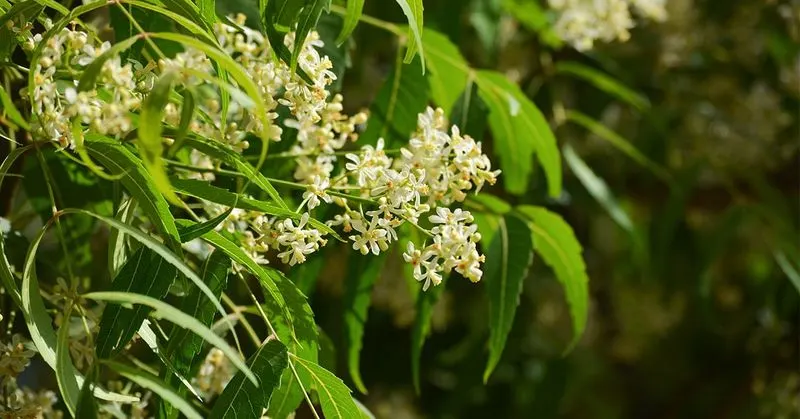
Neem, known for its medicinal properties, is a potent ally in diabetes management. Its bitter leaves contain compounds that lower blood glucose levels and improve insulin sensitivity.
Traditionally used in various forms, from pastes to teas, Neem offers both preventive and therapeutic applications. Its role in promoting overall health makes it a versatile addition to herbal remedies.
For those exploring holistic approaches, Neem represents a valuable resource in the fight against diabetes.
Okra
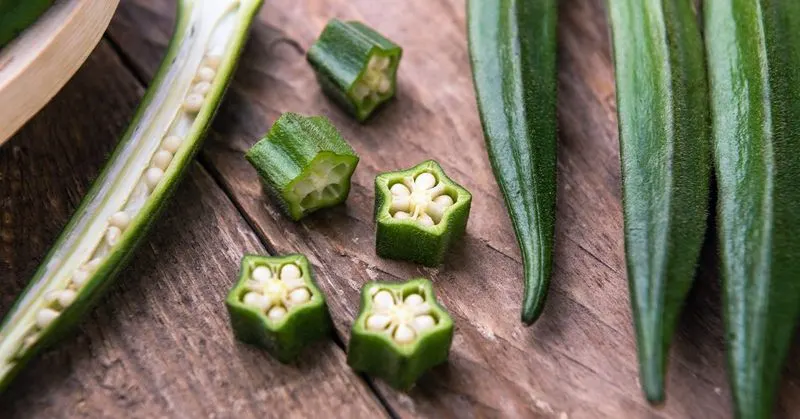
Okra, often overlooked in the vegetable aisle, possesses a unique ability to stabilize blood sugar levels. Rich in fiber, it slows down sugar absorption in the intestines.
This green pod is not only nutritious but also versatile in preparation, from frying to boiling or adding to stews. The mucilaginous texture might be polarizing, yet its health benefits are undeniable.
For those seeking to diversify their diet with health-promoting foods, Okra offers both flavor and functionality.
Prickly Pear

Prickly Pear, a vibrant cactus fruit, is more than just a visual delight. It’s packed with fiber and antioxidants, which aid in managing diabetes symptoms by reducing blood sugar spikes.
The juicy interior, contrasting with its prickly exterior, can be eaten raw or used in juices and jams. This fruit’s ability to regulate glucose levels makes it a refreshing ally in diabetes management.
For those interested in exotic fruits with health benefits, Prickly Pear is a worthwhile exploration.
Psyllium

Psyllium, a soluble fiber derived from plant seeds, is a proven aid in controlling blood sugar levels. By forming a gel-like substance in the gut, it slows sugar absorption.
Often used in supplements and gluten-free baking, Psyllium is an easy addition to a diabetic diet. This fiber’s ability to promote digestive health adds to its appeal.
Incorporating Psyllium into daily meals can be a simple yet effective strategy for managing diabetes symptoms naturally.
Stevia
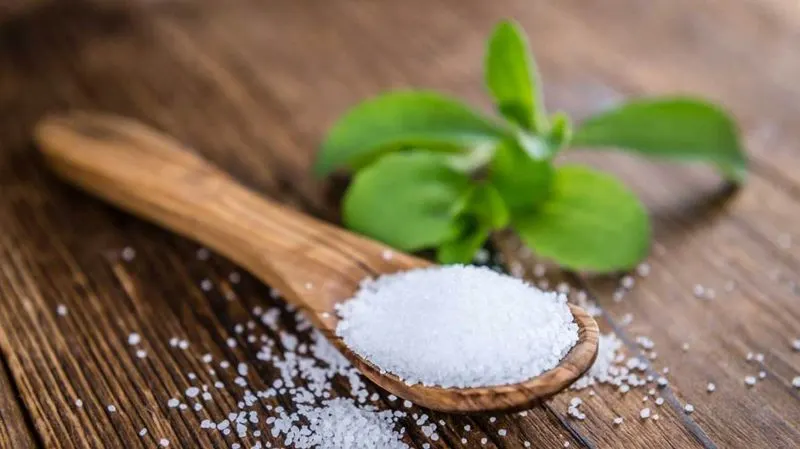
Stevia, a natural sweetener derived from plant leaves, is celebrated for its ability to sweeten without raising blood sugar levels. Its zero-calorie profile makes it an ideal sugar substitute for those with diabetes.
From beverages to baked goods, Stevia offers a versatile way to satisfy sweet cravings without the glycemic impact. The herb’s popularity continues to grow as more people seek healthier dietary options.
For anyone navigating the challenges of diabetes, Stevia presents a guilt-free path to enjoying sweetness.
Turmeric
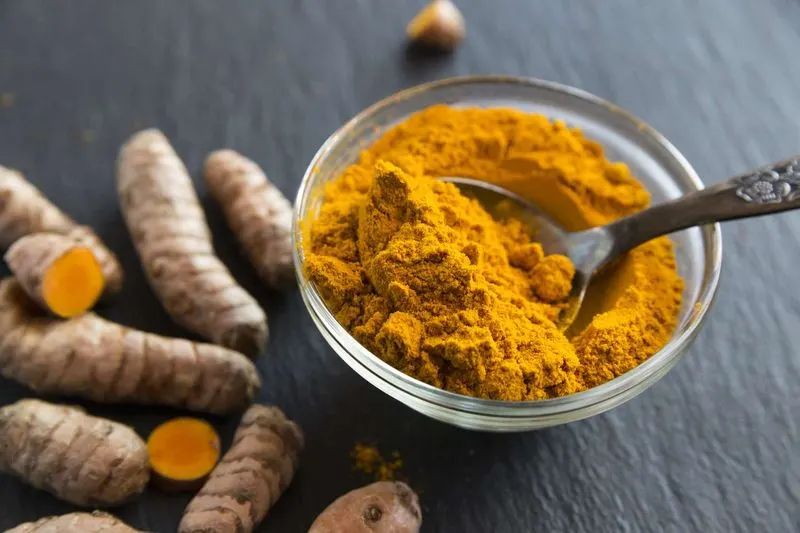
Turmeric, with its golden hue, is more than a culinary spice. Curcumin, its active compound, has anti-inflammatory and antioxidant properties that benefit diabetes management.
Incorporating turmeric into dishes or teas can enhance flavor while potentially improving insulin sensitivity. Its vibrant color and earthy taste add depth to meals.
As a natural remedy, turmeric offers a flavorful and healthful way to support diabetes care, making it a staple in wellness-focused kitchens.
Berberine Plant

Berberine, an alkaloid found in several plants, has garnered attention for its blood sugar-lowering effects. It acts on the gut microbiota to improve insulin sensitivity and glucose metabolism.
This powerful compound can be taken as a supplement, offering a natural means to enhance diabetes management. The historical use of Berberine in traditional medicine adds a layer of credibility to its modern applications.
For those seeking an evidence-backed herbal approach, Berberine presents a compelling option.
Ginseng
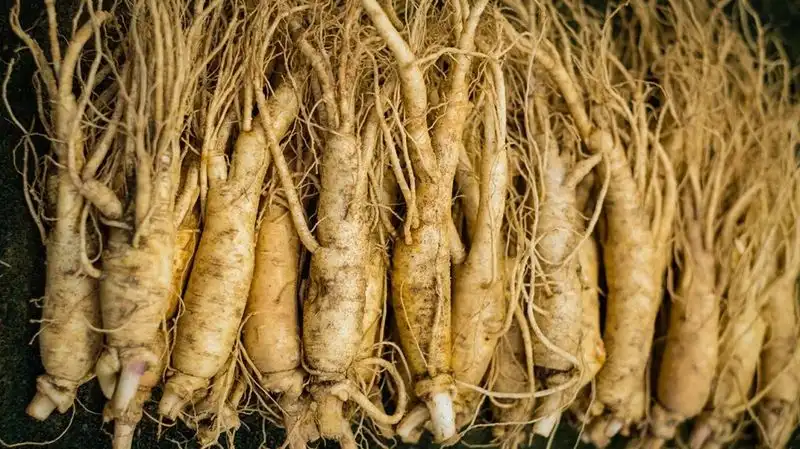
Ginseng, known for its energizing effects, also contributes to blood sugar regulation. Its roots, often used in teas and supplements, help improve insulin sensitivity.
The earthy, slightly bitter taste of ginseng adds a unique flavor to infusions and dishes. This ancient herb’s role in traditional medicine underscores its significance in modern diabetes care.
Incorporating ginseng into a wellness routine offers both revitalization and potential diabetes symptom relief.
Nopal
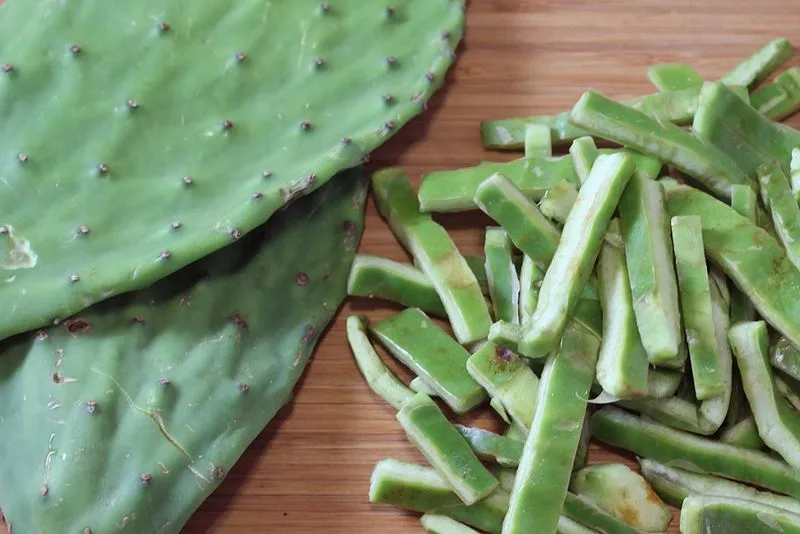
Nopal, or prickly pear cactus pads, is celebrated for its nutrient-rich profile and ability to lower blood sugar. Its high fiber content helps slow glucose absorption.
The tender pads can be grilled, sautéed, or added to salads, offering a nutritious addition to meals. The mild, tangy flavor of nopal complements a variety of dishes.
For individuals exploring diverse dietary options, nopal provides a delicious and effective way to manage diabetes symptoms.
Bilberry
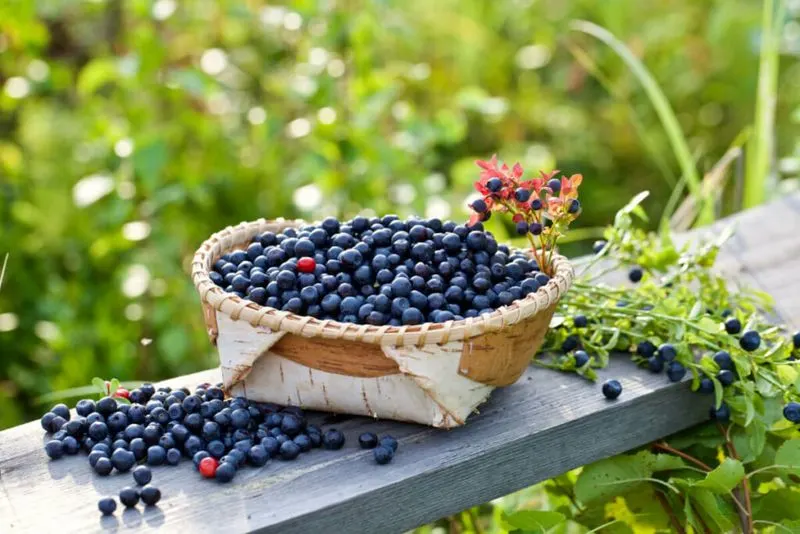
Bilberry, a cousin of the blueberry, is renowned for its antioxidant properties. These small, dark berries help improve insulin sensitivity and vascular health.
Eaten fresh or used in jams and desserts, bilberries add a burst of color and flavor to meals. The historical use of bilberry in traditional remedies enriches its modern appeal.
For those interested in natural supplements, bilberry offers a tasty and beneficial option for diabetes management.
Flaxseed

Flaxseed, a nutrient-dense seed, is rich in omega-3 fatty acids and fiber. It aids in blood sugar control by slowing glucose absorption.
Sprinkling ground flaxseed on yogurt or incorporating it into baked goods enhances both texture and nutritional value. Its nutty flavor complements a wide range of foods, making it an easy addition to meals.
For those seeking heart-healthy options, flaxseed represents a simple yet powerful ally in diabetes care.
Oregano
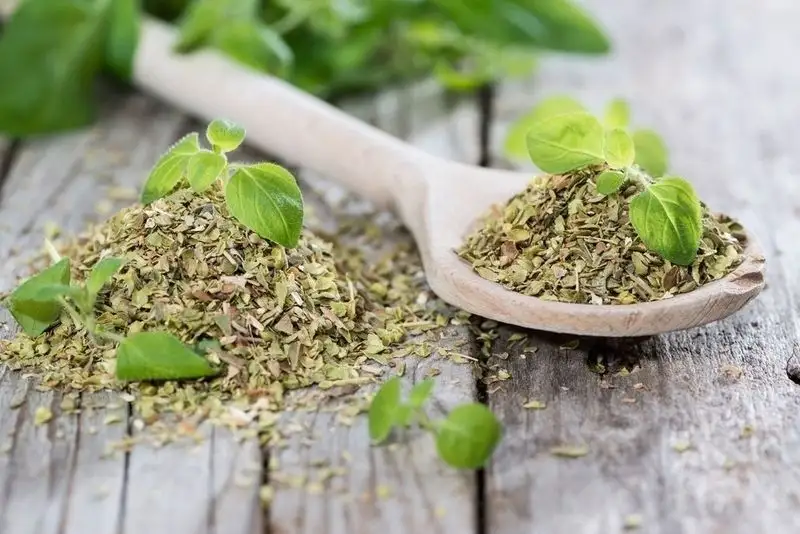
Oregano, a staple in Mediterranean cooking, offers more than just flavor. Its anti-inflammatory properties help regulate blood sugar levels.
Adding oregano to sauces, soups, and salads enhances dishes with its aromatic presence while providing health benefits. The herb’s versatility and ease of use make it a favorite in many kitchens.
Incorporating oregano into daily meals is a flavorful way to support diabetes management and overall health.
Reishi Mushroom
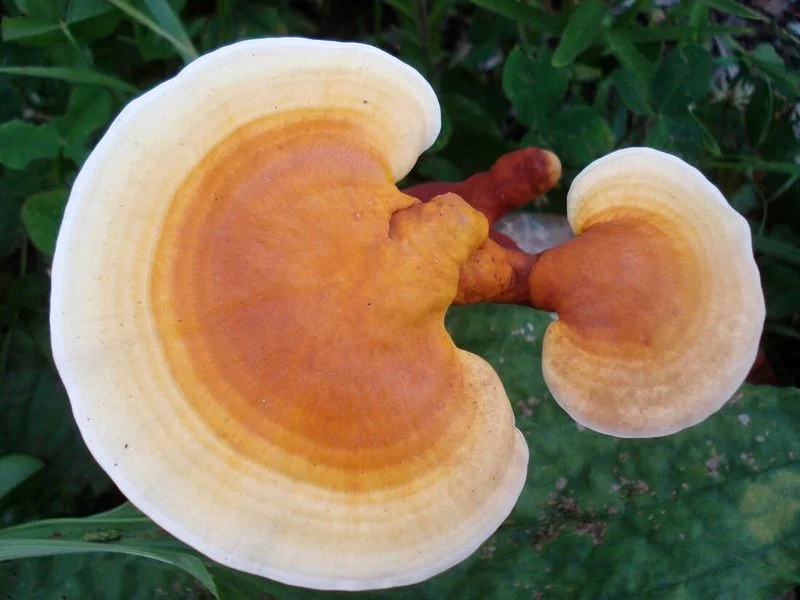
Reishi Mushroom, a fungus with a storied history in Chinese medicine, provides immune support and blood sugar regulation. Its bioactive compounds help improve insulin sensitivity.
Often consumed as a supplement or in teas, Reishi adds a subtly earthy flavor to beverages. Its traditional medicinal use enhances its reputation as a natural remedy.
For those exploring fungi-based nutrition, Reishi offers a unique approach to diabetes management and wellbeing.
Rosemary
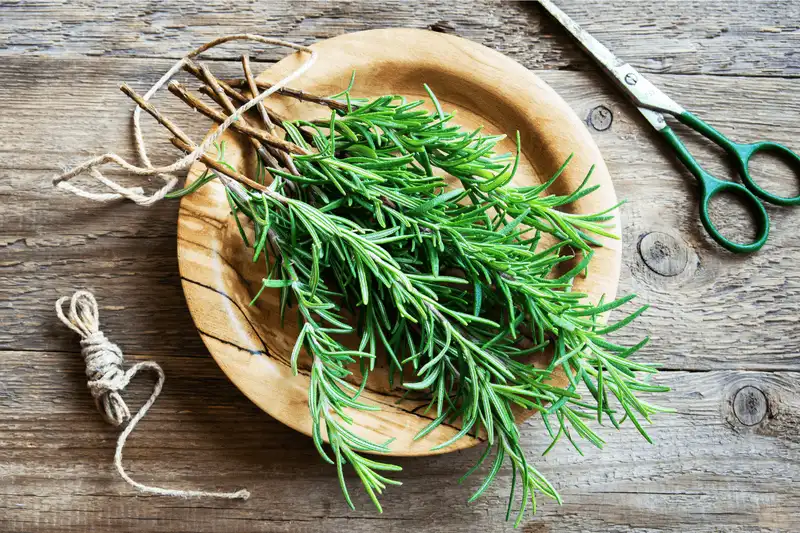
Rosemary, known for its aromatic appeal, also supports healthy blood sugar levels. Its antioxidant properties aid in combating oxidative stress, a factor in diabetes complications.
The herb’s robust flavor enhances meats, vegetables, and bread, providing both taste and health benefits. Rosemary’s historical use in both culinary and medicinal contexts enriches its appeal.
For those seeking a flavorful ally in diabetes care, rosemary offers a delightful and effective option.
Sage
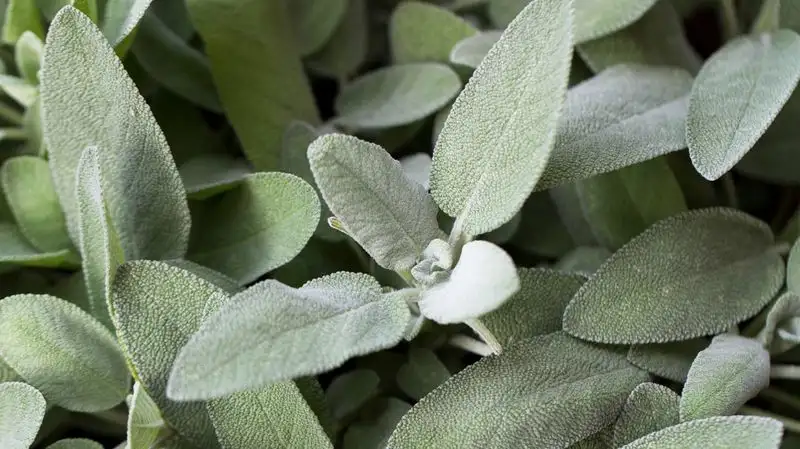
Sage, a herb with a rich aroma, is recognized for its ability to improve insulin sensitivity and lower blood glucose levels. Its traditional use in teas and dishes underscores its culinary versatility.
The slightly peppery, minty taste of sage adds depth to sauces, stuffings, and herbal teas. Its medicinal applications highlight its value in diabetes management.
Incorporating sage into meals provides a savory way to support blood sugar regulation naturally.
Spirulina
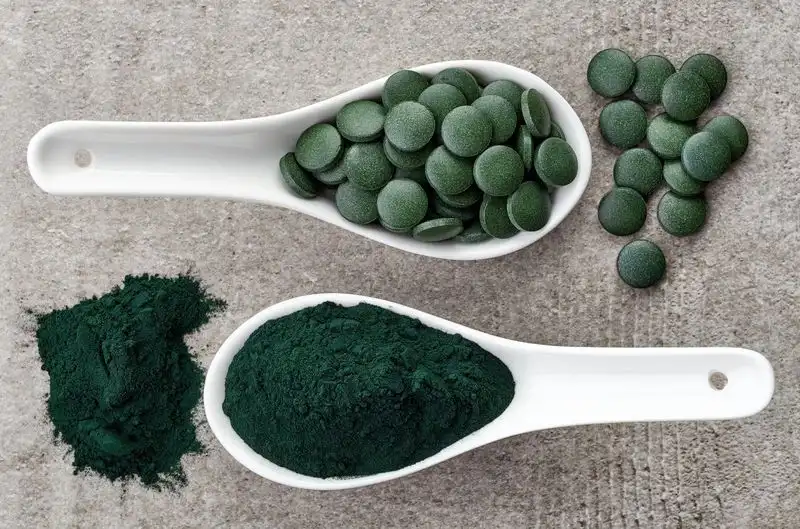
Spirulina, a blue-green algae, is celebrated for its high protein content and antioxidant properties. It aids in reducing inflammation and stabilizing blood sugar levels.
This superfood can be added to smoothies or taken as a supplement, offering both nutritional and health benefits. The vibrant green hue of spirulina adds a visual appeal to dishes.
For those exploring nutrient-rich options, spirulina represents a powerful tool in diabetes care and wellness.
Thyme

Thyme, a fragrant herb, is known for its antimicrobial and antioxidant properties. It contributes to blood sugar regulation, making it a valuable addition to a diabetic diet.
Sprinkling thyme on roasted vegetables or using it in marinades infuses dishes with its aromatic essence. The herb’s historical use in medicine and cuisine enhances its modern applications.
For those seeking a flavorful means to support diabetes management, thyme offers a fragrant and beneficial approach.
Lemon Balm
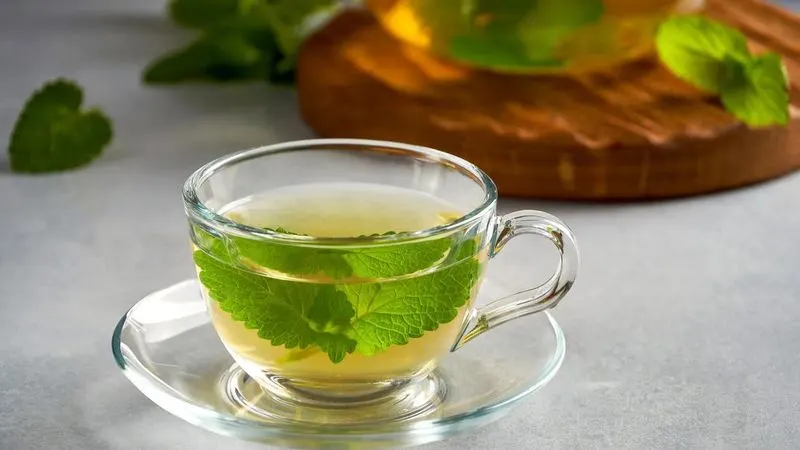
Lemon Balm, a member of the mint family, is celebrated for its calming effects and potential to improve insulin sensitivity. Its citrusy aroma adds a refreshing note to teas and dishes.
Known for its stress-reducing properties, Lemon Balm can be a soothing addition to a diabetic lifestyle. The herb’s dual role in flavor enhancement and health support makes it a versatile choice.
For those exploring herbal remedies, Lemon Balm offers a gentle path to better blood sugar control.
Artichoke
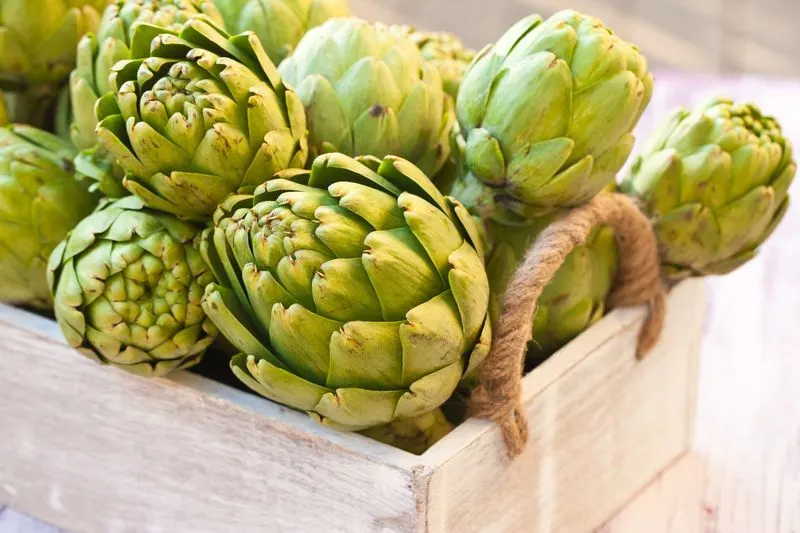
With its unique structure and delicious heart, artichoke offers more than just culinary delight. This plant is known for its ability to lower blood sugar levels, thanks to its rich fiber content and inulin, a type of prebiotic fiber that supports gut health.
Artichoke can be a versatile addition to a diabetic diet, whether steamed, grilled, or incorporated into salads. Its antioxidants, like cynarin, further support liver function, indirectly aiding in glucose regulation.
Fun fact: Artichokes were so highly prized in the 16th century that only royalty could afford them. Today, they are accessible and beneficial for everyone.

